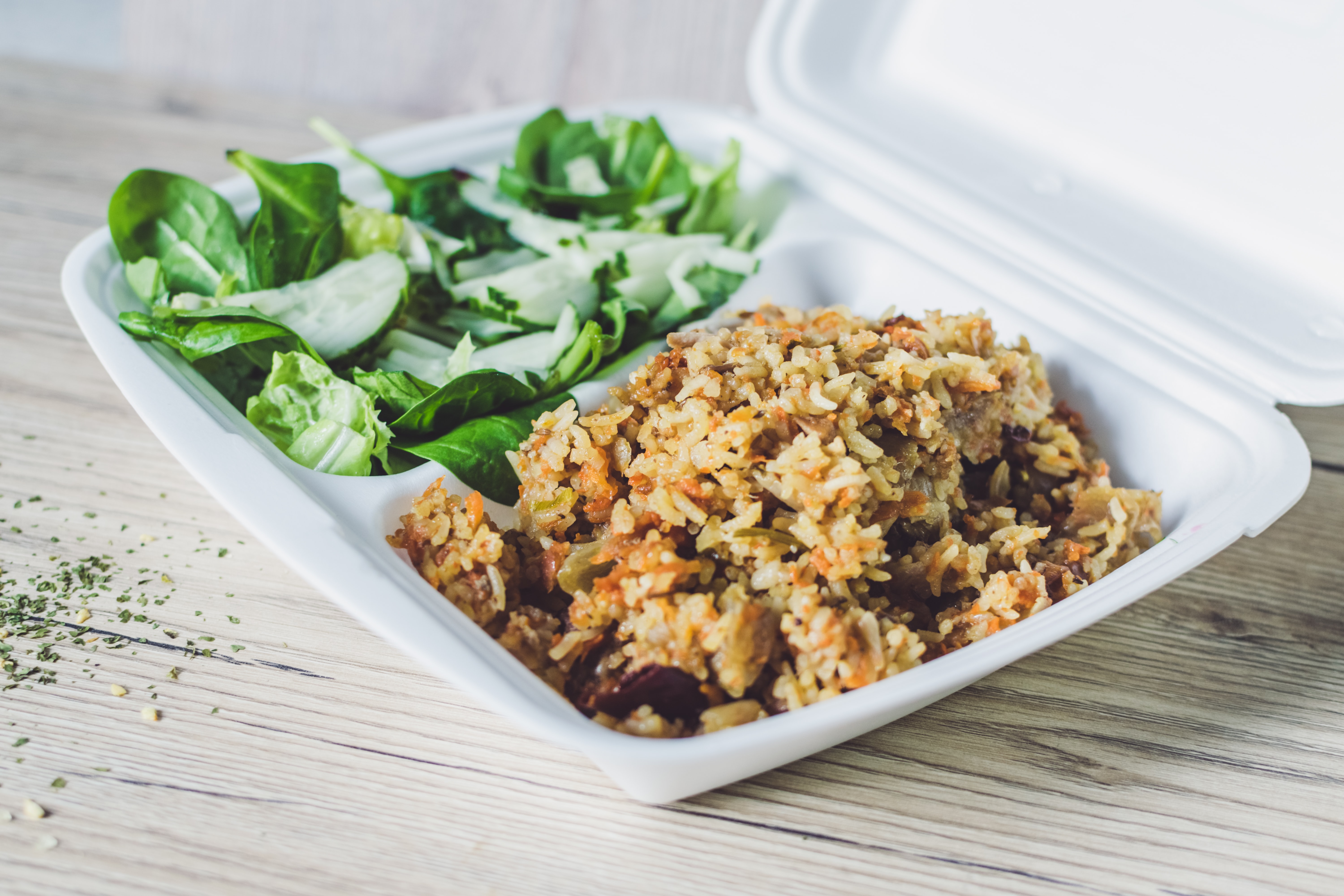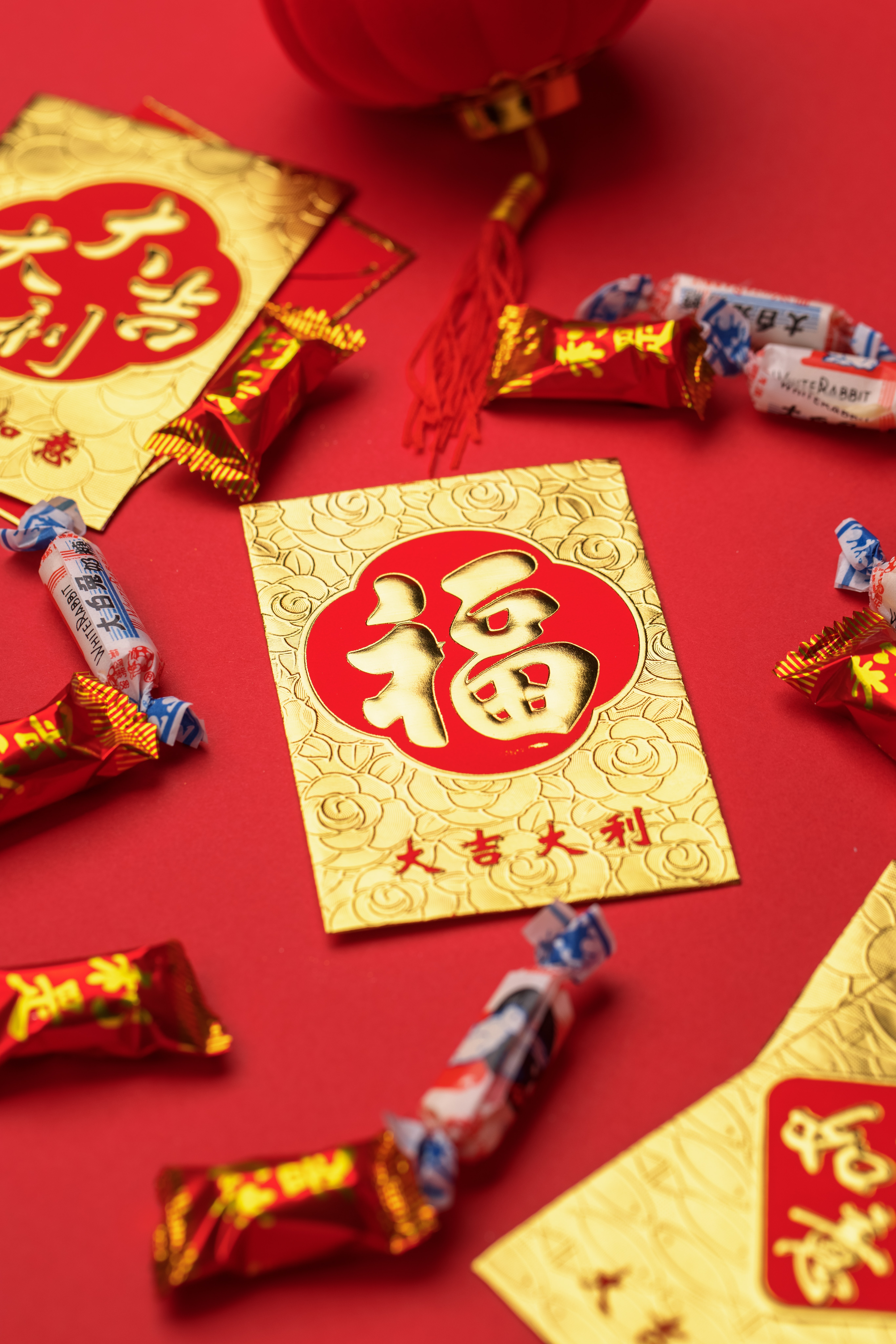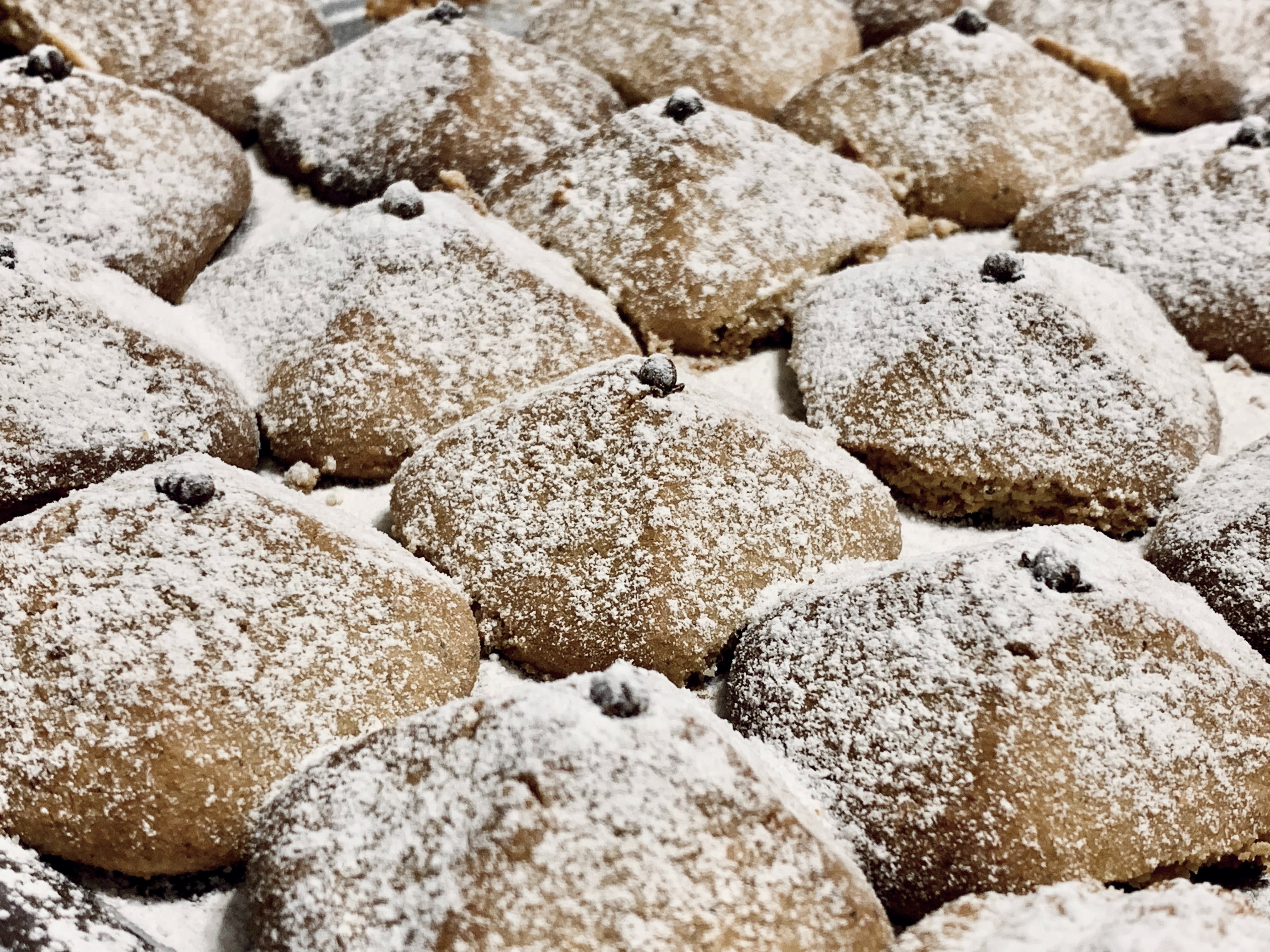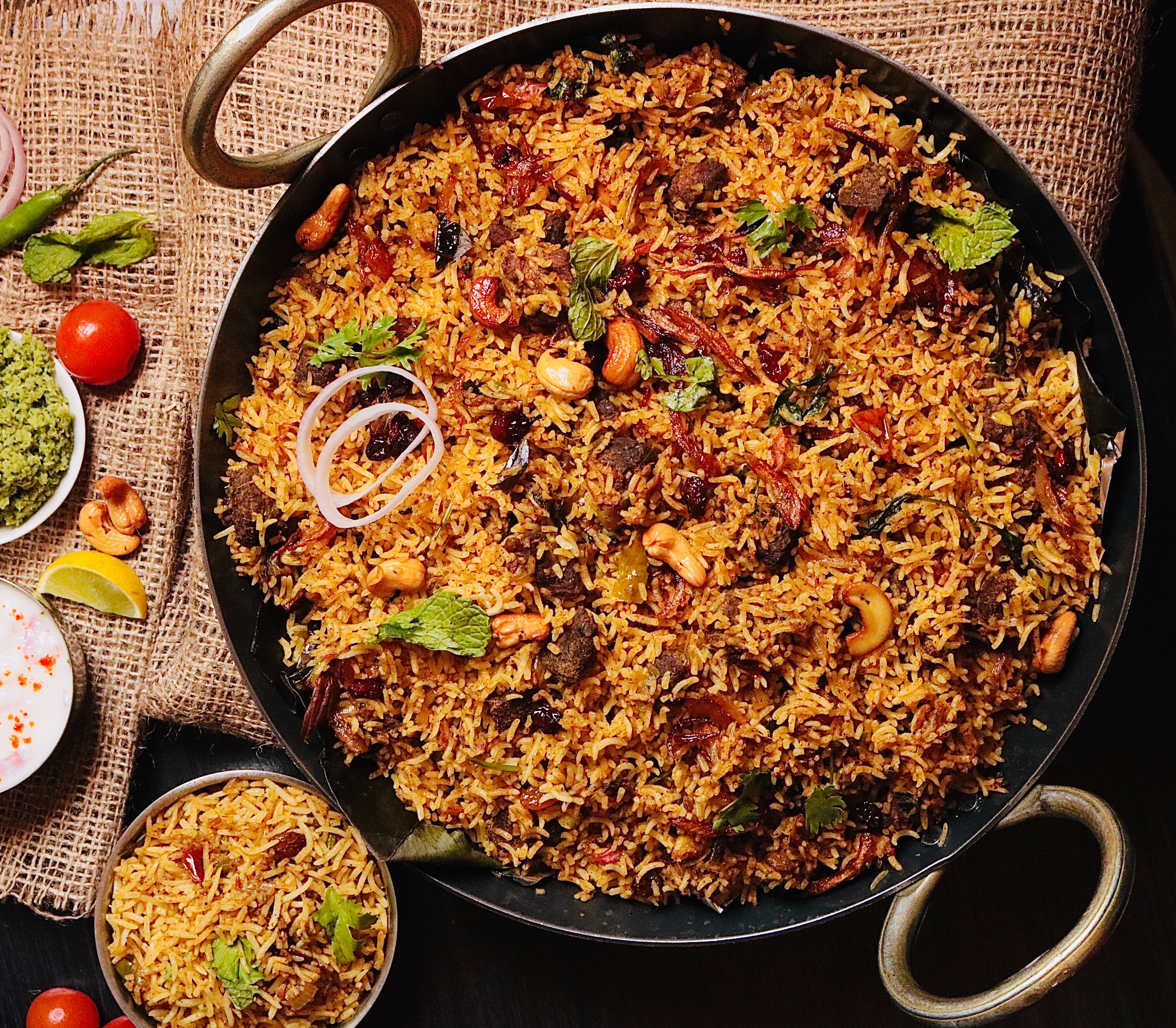Kenya has several distinct ethnic groups living within it, both native and diaspora, and a rich history of international commerce, together contributing to the multicultural status of this East African country (Amutabi 9). Chapati, a type of flatbread, and pilau, a seasoned rice dish cooked in broth or stock, are two common foods consumed in Kenya. These two foods are not part of the native cuisine of Kenya; chapati originates from India while pilau is derived from Persian roots (Amutabi 6). The Swahili words used to refer to the spices used to make pilau such as mdalasini (cinnamon), iliki (cardamom), tangawisi (ginger), and karafu (clove) also indicate the external origins of this dish by being derived from Arabic vocabulary (Amutabi 6). The presence of Arab and Persian spice traders along the Kenyan coastline prior to the fifteenth century would have contributed to the proliferation of pilau further into the country (Amutabi 9). In the same way, the settling of Indian laborers into Kenya with the ongoing development of the Kenya-Uganda Railway from 1895 to 1901 would have furthered the adoption of chapati starting from the country’s borders (Amutabi 9). Both chapati and pilau are often served during ethnic holidays, like Eid and Christmas, as well as for family celebrations (Amutabi 6). Another standard dish in Kenya is ugali, a cornmeal porridge traditionally made from millet or sorghum before corn was brought from the Americas, which is eaten as a staple food served in various ways among different ethnic groups (Amutabi 9). For example, the Kikuyu people serve ugali with irio, a dish of mashed potatoes with peas and corn, or muthokoi, a dish of corn cooked with peas or beans and other vegetables, while the Luhya people consume it with chicken stew or mrenda (jute mallow leaves), and the Kalenjin people pair it alongside a fermented milk drink called mursik (Amutabi 9). As demonstrated by the ubiquity of the aforementioned dishes in Kenyan cookery, culinary diffusion can be beneficial in developing a way to better understand a country’s background in the movement of people, cultures, and goods through trading and migration that influenced its history and subsequently its food. For countries with particularly strong multicultural ties like Kenya, foods and foodways derived from culinary diffusion can be integrated into local cuisine.
Works Cited
Amutabi, Maurice N. (2017). “Interrogating Trans-Indian Ocean Culinary Diffusion in Africa and Implications
for Cultural History of Food: The Case of Chapati and Pilau in Kenya.” Journal of African Interdisciplinary
Studies. Volume 1, Number 1, 2017:4-17.






